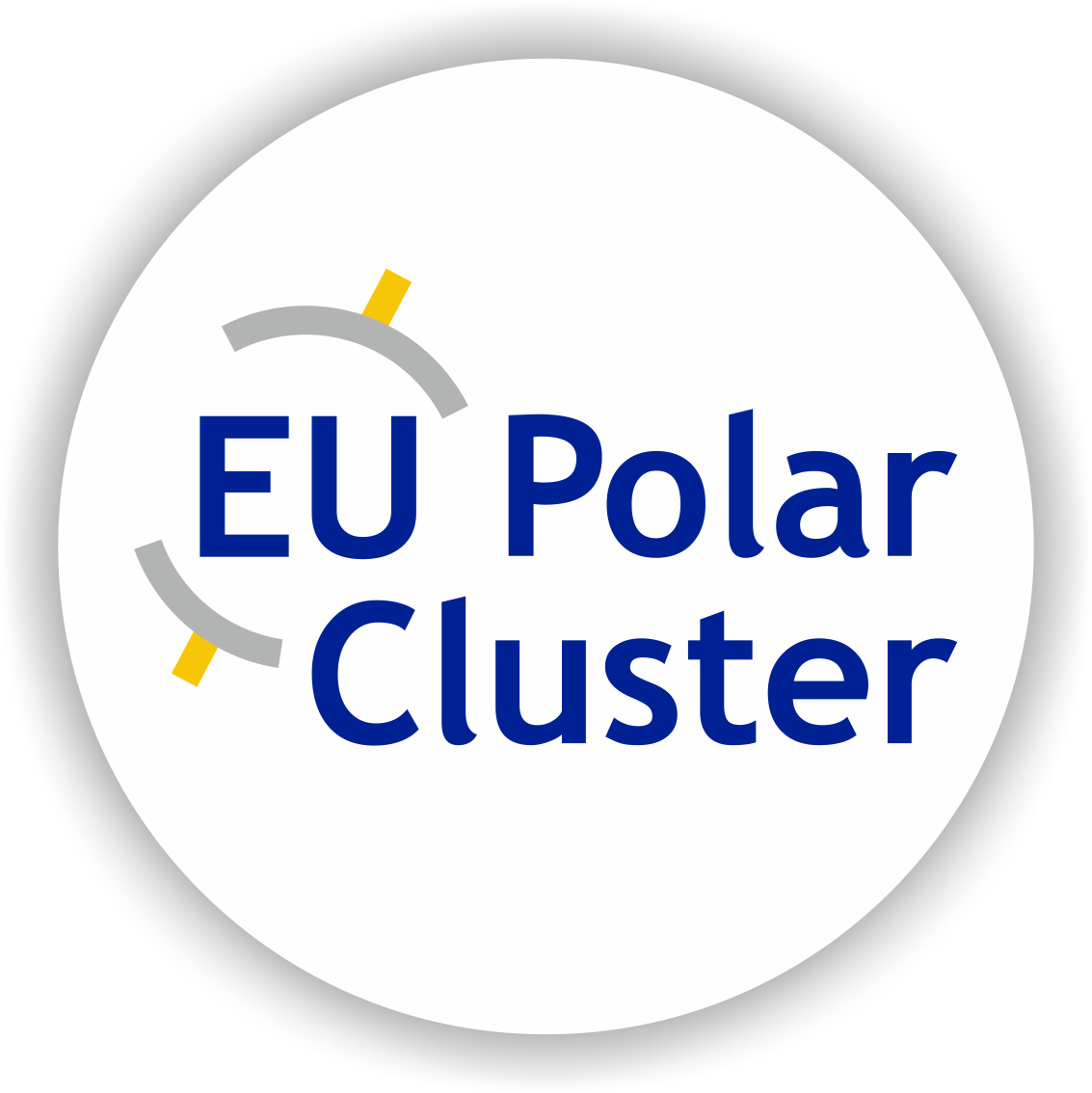This year, the EU-funded research project ICEBERG is continuing the work that began with the communities in Qaqortoq, Narsaq, and also Nanortalik during the summer 2024. The aim of the project is to understand the sources of pollution in the region and how pollution, in its broad sense, impacts local communities.
South Greenland, particularly around Qaqortoq, Narsaq, and Nanortalik, is a key region for studying pollution and ocean processes influenced by North Atlantic currents. The Kalaallit Inuit communities’ relational way of life, deeply rooted in the fjord landscapes and livelihoods such as farming, hunting, fishing, and tourism, makes this region a vital hub for co-producing knowledge on climate change and pollution impacts, and for developing locally grounded adaptation and mitigation strategies.
“This field season, we are deepening our collaboration with communities in South Greenland to jointly monitor coastal pollution and co-develop solutions. By combining Inuit knowledge with innovative tools like drone mapping and our interactive Community Monitoring Platform, we are working together to build stronger local resilience to environmental change,” says Thora Herrmann, the Project Scientific Coordinator of ICEBERG.
“The voices and insights of local residents, hunters, fishers, farmers, youth, women, are at the heart of ICEBERG, and shape a shared path toward healthier coastal Arctic ecosystems,” adds Élise Lépy, the Project Co-Coordinator.
Local communities’ and stakeholders’ insights are the key for successful research that fits their needs
In August 2024, ICEBERG held community consultation meetings in Qaqortoq and Narsaq to introduce the project, share its goals, and hear from local hunters, fishers, and residents. The researchers did participatory mapping sessions with community members to identify areas of concern regarding pollution. They also introduced students from the Kujalleq Campus some data collection techniques, including drone flights and time-lapse cameras, and visited the Upernaviarsuk Research Station to explore the challenges of farming in Greenland.
This year, this work continues. For residents of Qaqortoq, Narsaq, and Nanortalik, the ICEBERG project offers a hands-on opportunity to help monitor and protect the marine and coastal environment while building community resilience.
“I expect that the researchers will gain a better insight into what nature means to us. Last year was more of an introduction to the research and to themselves. This year, among other things, they will participate in clean-up efforts in nature at a sheep farmer’s site, for example, and there will be ongoing work to include locals in drone work related to surveys,” says Erik Kielsen, a local consultant for fishing and hunting and other industries, also a member of the ICEBERG Advisory Board.
“For my part, I have gained a better understanding of how researchers work regarding the Arctic environment and how much they need local knowledge. It is important for all of us who live in South Greenland, and especially for those who directly utilize nature, such as fishermen and hunters, sheep farmers, and cow herders, that this kind of research is conducted. Furthermore, it is encouraging that they base their research on local knowledge,” he adds.
Local people can contribute by flying drones to document coastal litter, photographing visible pollution, and uploading data to ICEBERG’s interactive Community Monitoring Platform, the uMap. Residents are also invited to join beach clean-ups, participate in the “Capture the Impact” photo contest, and take part in workshops, group discussions, and interviews.
During the third field season in 2026, ICEBERG will host community scenario workshops to explore the future of South Greenland’s coast and co-develop local strategies.
More information
For further information, please contact
Project Scientific Coordinator
Thora Herrmann
thora.herrmann@oulu.fi
Co-coordinator, Project Manager
Élise Lépy
elise.lepy@oulu.fi
About the project:
Climate change and pollution, including plastics, ship emissions and wastewater, pose significant threats to human health and the ecosystems of the Arctic region. The EU-funded ICEBERG project is tackling these problems in collaboration with Indigenous and local communities. From 2024-2026, ICEBERG studies pollution and its impacts on the ecosystems and communities in three regions in the European Arctic: Kalaallit Nunaat (Greenland), Iceland and Svalbard. Through innovative community engagement, ICEBERG will co-develop resilience strategies to combat pollution and climate change, while also creating recommendations for new pollution-control governance.



